In 2013, four filmmakers—Zoya Akhtar, Karan Johar, Dibakar Banerjee, and Anurag Kashyap–came together to make Bombay Talkies which comprised four short films, one directed by each of them. The four films had a theme related to cinema and were titled Sheela Ki Jawaani, Ajeeb Dastaan Hai Yeh, Star, and Murabba. Five years later, the same four filmmakers come together again with a similar format in Lust Stories. There are no titles of the individual films in Lust Stories but they are based on the role of lust in contemporary India.
Dibakar Banerjee’s film tells the story of Reena (Manisha Koirala) who is having an extra-marital affair with Sudhir (Jaideep Ahlawat). The complication arises from the fact that Sudhir is the best friend of Reena’s husband Salman (Sanjay Kapoor). It is a film that deals with the complexities of different human relationships, such as friendship and marriage. I found this story to be the most layered out of the four. There is a point where Salman says that he does not like open endings in films. He prefers things to be in black and white. Maybe that is why he is also wearing a black-and-white suit. Some moments later, he asks Reena if she hates him. She says she does not. Then, he tells her that means she loves him. Reena does not reply in the affirmative and tells him it is not easy. This again displays his thinking in binary terms—black and white, or love and hate. Not hating someone does not mean loving someone. The answer lies somewhere in the middle.
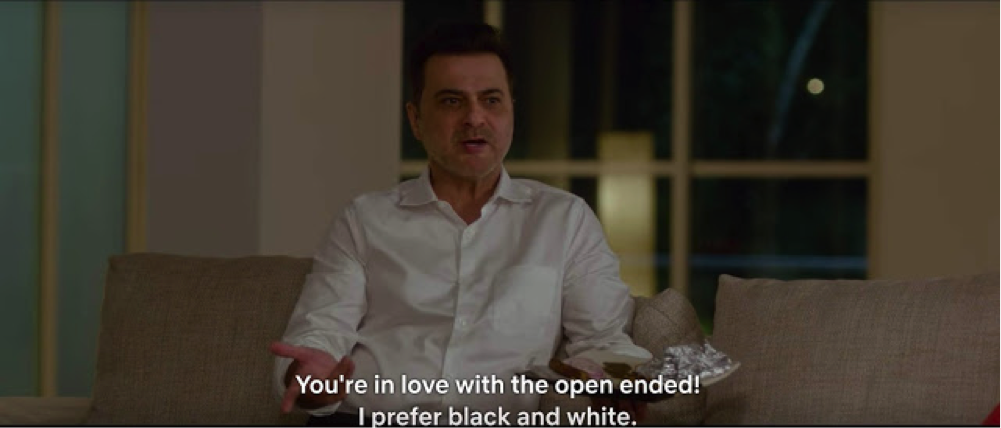
The story is set in a beach house. When Salman comes to the house, Sudhir remarks that there were many colors in the house, but he got it painted white. The house is almost empty. Salman comments that it is good that it is empty as one needs space. He wants a similar house that is just his own. Reena chimes in by saying that the house belonged to a couple as well. Sudhir purchased the house in a distress sale from a couple who were going through a divorce. The house is a symbol of the marriage of Reena and Salman. The things said about the house—the loss of colour, the emptiness, and the distress—apply to their marriage as well.
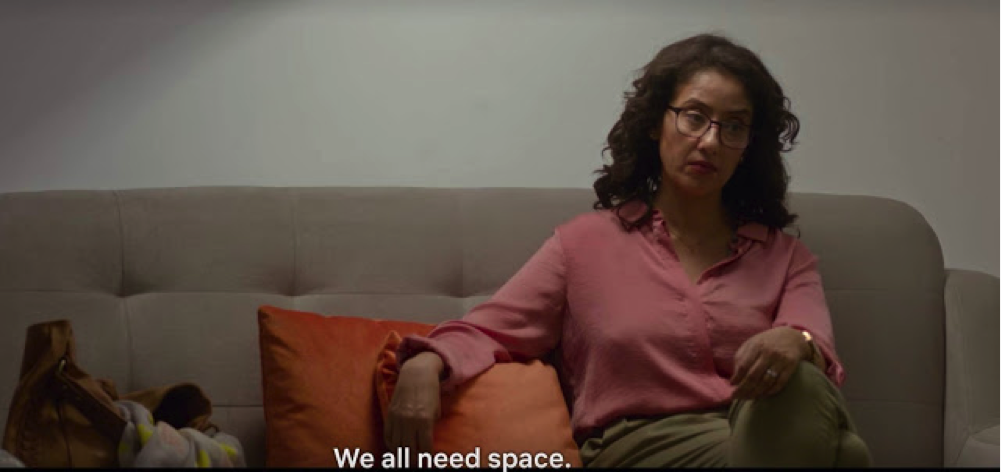
It is quite telling to observe the behavior of the men and the woman in the story. The men cannot take a decision. They are afraid to face the truth while the woman is ready to face any situation. Reena is the one who tells Salman that she is having an affair. Sudhir is more concerned than Reena is about her divorce. He is more afraid than Reena when Salman calls and tells him he is coming to his beach house. Reena tells Sudhir that if her marriage ends, woh aur main tootenge. Sudhir, then, asks about her daughters and then she asks him as to why does he always bring up her daughters when she talks about herself. When Salman learns about their affair, he tells Reena to not let Sudhir know that he knows. I kept thinking that any other man would have broken his friendship with someone who has an affair with his wife and would have even got into a physical altercation. But he does not do anything like that. At a later instance, Salman even starts crying in bed. Reena had told him that he does not need a wife. He needs a mother. The men are shown as people who cannot bear the consequences of their actions. Earlier, Reena and Sudhir were joking about the differences between the hearts of men and women. Whatever be the biological differences, a woman’s heart was shown to be stronger than a man’s heart.
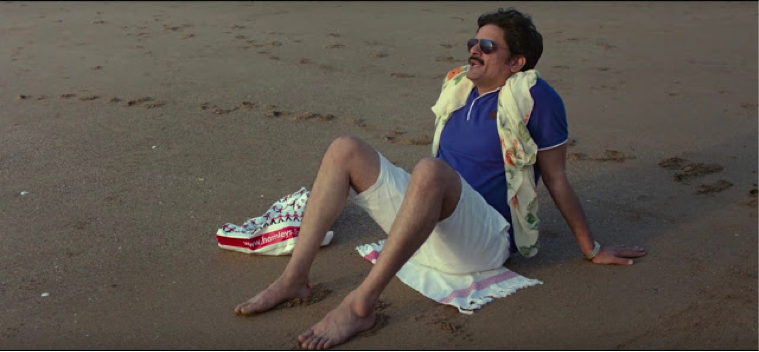
Zoya Akhtar’s story is about Sudha (Bhumi Pednekar) who works as a domestic help in an apartment. She is in a sexual relationship with her employer Ajit (Neil Bhoopalam) who is a bachelor working in the information technology sector. His parents are visiting him and are looking for a suitable girl as his wife. When his marriage is fixed, Sudha silently accepts that she could never be a match for him. The story incorporates themes related to the class divide in the society. This film is the most beautifully shot compared to the others and it lays a special emphasis on Sudha. She has been shot with a lot of care. We see her tying the drawstrings of her salwar, putting nimboo over poha prepared by her, wearing her slippers when she leaves the house, lying on the bed and lost in her dream world, and contemplating about her life near the window. The last time I remember that a domestic servant was treated with such delicacy was in Mira Nair’s Monsoon Wedding where Alice was shown trying to imagine a life in her wonderland. Sudha speaks only a few words in the entire story, but she manages to convey to us a lot. As they say, silence is its own form of communication.
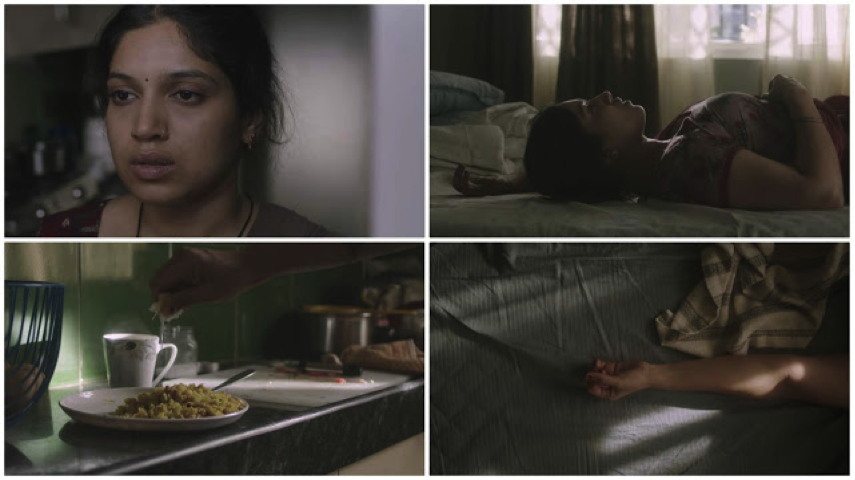
Like Zoya Akhtar’s last film Dil Dhadakne Do, this film is also a comment on the role of women in a society. Sudha does all the work at Ajit’s house. She cleans the house, cooks the food, and irons his clothes. She even washes his underwear. In addition to all of this, she has sex with him. For all purposes, she does not seem to be any different from a wife. When Ajit’s parents come, they address her as bete and she even touches their feet. In our society, wives are treated as domestic servants. They are ‘expected’ to do everything. Ajit’s parent’s joke with the guests that Ajit does not do anything at his house. He comes home to only sleep. He needs a woman to take care of him. In one beautifully shot scene, Sudha goes inside the room, and in the next shot, Ajit’s mother comes out as if subtly making the same point.
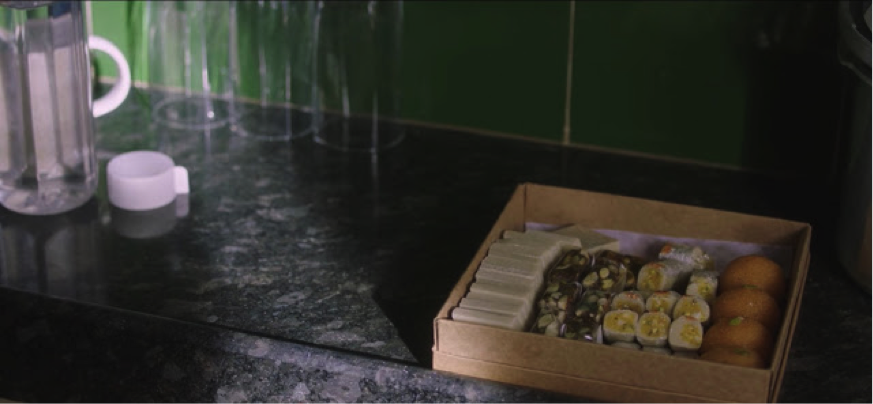
After Ajit’s marriage is fixed, his mother asks Sudha to take some sweets home. In the last scene of the film, the maid working in the house next door shows Sudha a suit given to her by her employer. It is a little torn but she says she will get it stitched. At that point, Sudha takes out a piece of sweet from the box and puts it in her mouth. Like the suit given to another maid, the sweet is the leftover given to Sudha. In an earlier scene, the girl who is getting married to Ajit picks up a cookie and asks him, “You want to share half?” In a way, Sudha has shared the same man as her.
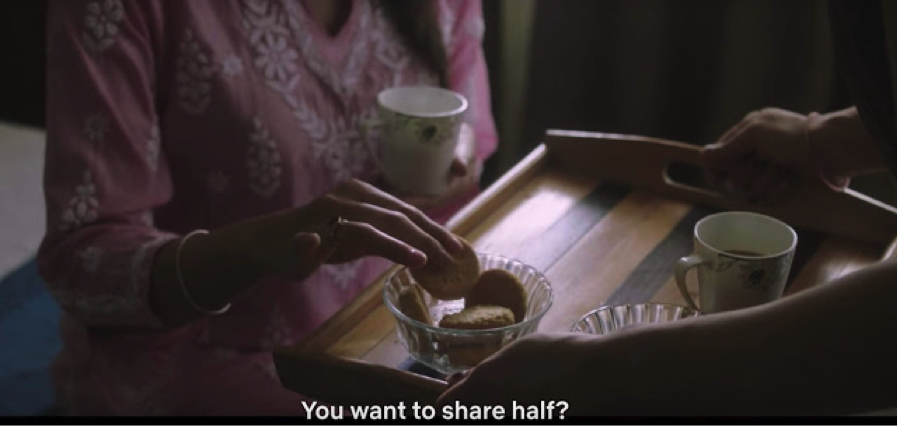
In Zoya Akhtar’s earlier films as well, characters are seen eating sweets. In Dil Dhadakne Do, there was Neelam who was trapped in a marriage that lost its flavor with time. Her philandering husband Kamal keeps mocking her eating habits. At one point, after her husband insults her, Neelam just stuffs a cupcake in her mouth while standing in her front of the mirror. Only after this scene, we realize that she is compensating the love that she craves from her husband with food. There are no words spoken in that scene; Neelam stuffs her mouth with cake. In Bombay Talkies, there was also a scene related to sweets in Zoya Akhtar’s Shiela Ki Jawaani. Vicky wakes up the middle of the night, opens the refrigerator, and eats ‘kaju ki barfi‘ as if he was trying to find that sweetness that will comfort him. It is at that moment when he is eating the ‘barfi‘, he watches a show where Katrina Kaif is talking about her dreams, giving Vicky his ‘sweet dreams’. She tells him that it is important to preserve his dreams. In Luck By Chance, too, when Sona thinks her film is starting, she feels extremely happy and content with life. She is seen enjoying eating a muffin during the song Yeh Aaj Kya Ho Gaya.

Karan Johar’s story is about Megha (Kiara Advani), a teacher, who gets married to Paras (Vicky Kaushal). The issue is that her husband comes early within seconds during sex which causes Megha to remain sexually unsatisfied. She decides to take the help of a vibrator after she sees her colleague Rekha (Neha Dhupia) using the same. The film tries to make the point that women need to have sex not just to have children, but also to please themselves. Women also have sexual desires—hasrat—and they want those to be fulfilled. The story seemed like a variation of Karan Johar’s own short in Bombay Talkies. There are similar themes in his stories from the two films; however, the tone of his story in Lust Stories is light-hearted and comical as compared to the one in Bombay Talkies. In Bombay Talkies, there was Gayatri (Rani Mukerji) whose husband was a closeted gay man. Her sexual desire remains unfulfilled as the husband is not interested in her. In Lust Stories, there is Megha whose sexual desires also remains unfulfilled as the husband reaches his climax within five seconds.
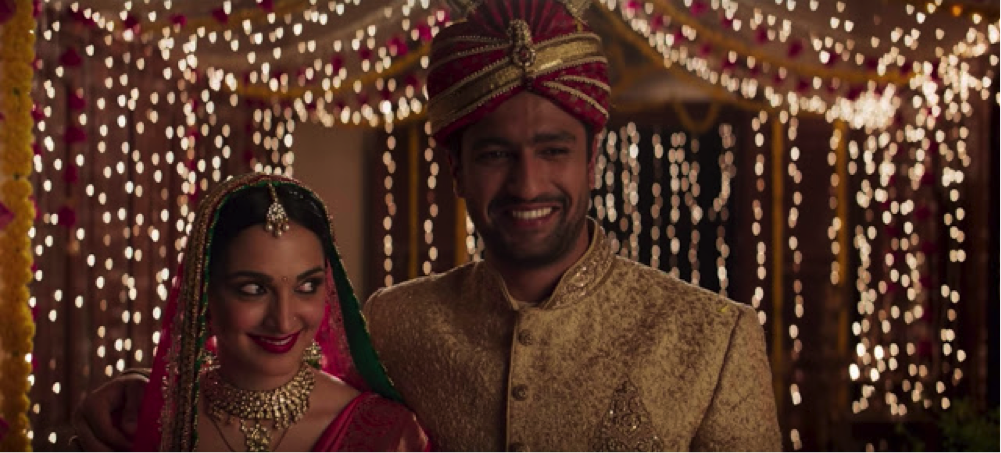
There is also the use of books in Karan Johar’s stories in the two films. In Bombay Talkies, Avinash (Saqib Saleem) carries a copy of Freedom by Jonathan, symbolic of the freedom that he desires. His father threw him out of his house because he was gay. He feels terrible and cannot break free from his solitude. At another point, Gayatri reads the erotic novel Fifty Shades of Grey by EL James to compensate for the lack of sexual gratification in her marriage. In Lust Stories, too, there are the erotic books that are used to make a point. Lolita by Vladimir Nabokov makes an appearance in the short film’s funniest scene where a mother is complaining to a school principal for letting her daughter read the book. Unaware of the book’s theme, the principal thinks that the word loin in the iconic phrase, ‘fire of my loins’ is a spelling mistake. At another point, Megha is reading Alfred Noyes’ The Highwayman to her students. There is obviously a double meaning for using this poem, “The Highwayman came riding up to the old inn door.” It seems that Karan Johar likes this poem a lot. In My Name Is Khan, a young Rizwan Khan is seen reciting the same poem with his teacher.
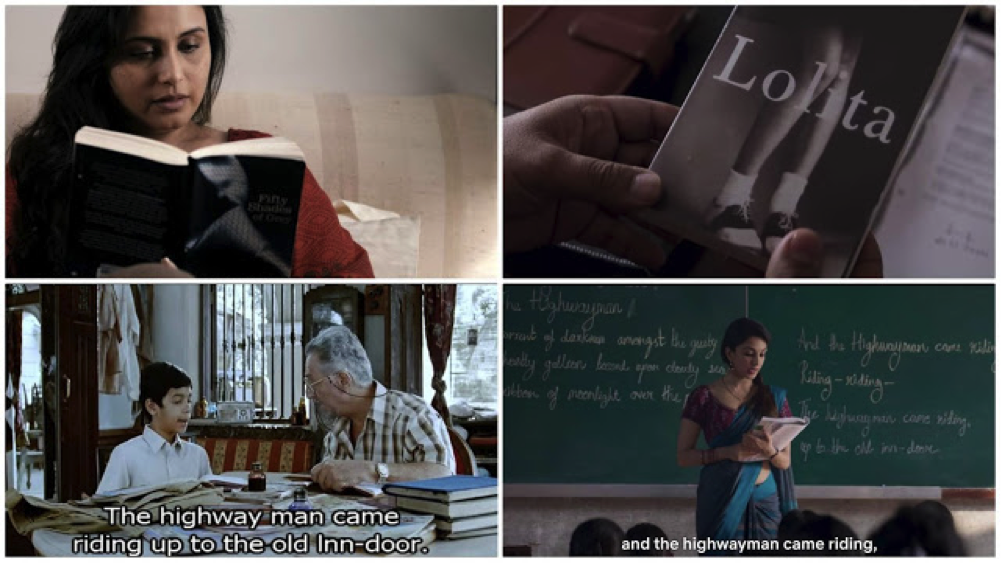
In addition to the books and the poem, the film has other funny double entendres. The song Motorcycle is one example. The use of ice cream is another one. The film’s climax on the song from Karan Johar’s own film Kabhi Khushi Kabhie Gham shows that context can bring a new meaning to something that was not even originally meant. Even the character names in the story seem to have a hidden meaning. The sexy librarian is named Rekha (obviously). Megha is named after the rain but it is also about something else as Rekha tells her, “Baras rahi ho ya taras rahi ho.” Paras is named after the elixir that converts a metal into gold on touching. When I had first seen the trailer, I had guessed that Megha and Rekha were hooking up with each other. I was a tad disappointed that this was not the case. Nevertheless, Lust Stories is an addition to the films that explore female desire. It is also worth mentioning that Megha’s sister-in-law Sandhya did not say much, but it was clear that she could identify with Megha, too.

Anurag Kashyap’s film tells the story of Kalindi (Radhika Apte), a teacher at a college in Mumbai. She is married but her husband is not around. She meets different people and is trying to explore her sexuality. She has a sexual relationship with a student Tejas (Akash Thosar). After their one-night stand, she starts stalking him. It inverts the commonly used trope of stalkers as men and shows a woman as one. The film tries to say that sometimes we end up becoming the same person we tell others to never become and we cannot forcefully ask someone to love us.
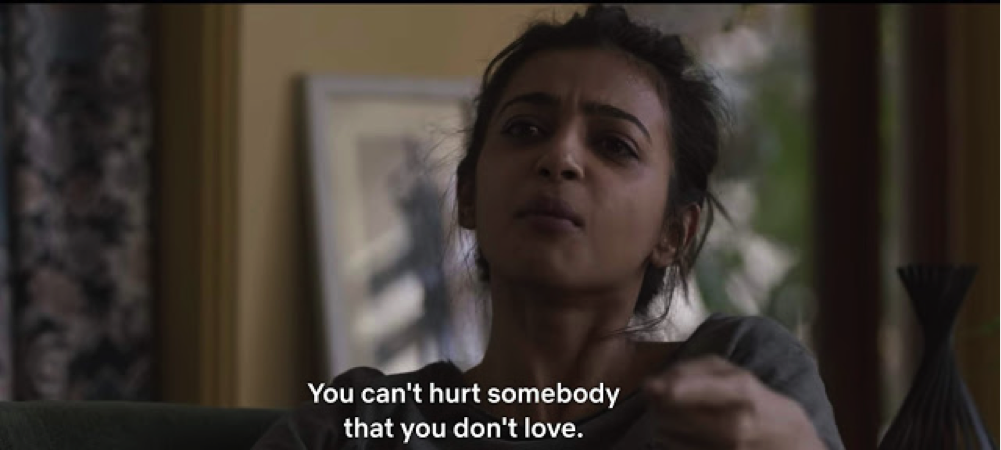
As with any other Anurag Kashyap film, the film is full of film and literary references. At one point, Kalindi follows Tejas and takes out a mirror that has noir written on it. The poster child of Hindi film noir is giving some context to understand the motivations behind the story. Later, Kalindi further follows Tejas to a stand-up comedy show by Sumukhi Suresh, who recently created Pushpavalli, a web series that also tells the story of a female stalker (like Kalindi). The film opens with the song Dam Bhar Jo Udhar Munh Phere from Awaara. In the song, the woman begs the moon to look away and not make her feel shy so that she can make love to her lover. The song provides a contrast to Kalindi who is actually not at all shy to explore her sexuality. She is the one who leads Akash to have sex with her. Much more than the story, it was Radhika Apte and her monologues that made this segment watchable. Kalindi talks about love, romanticism, and selfishness. She might be the rare character in films who openly loves and identifies with Ayn Rand, the libertarian icon who believed in placing your own self first before anything else.
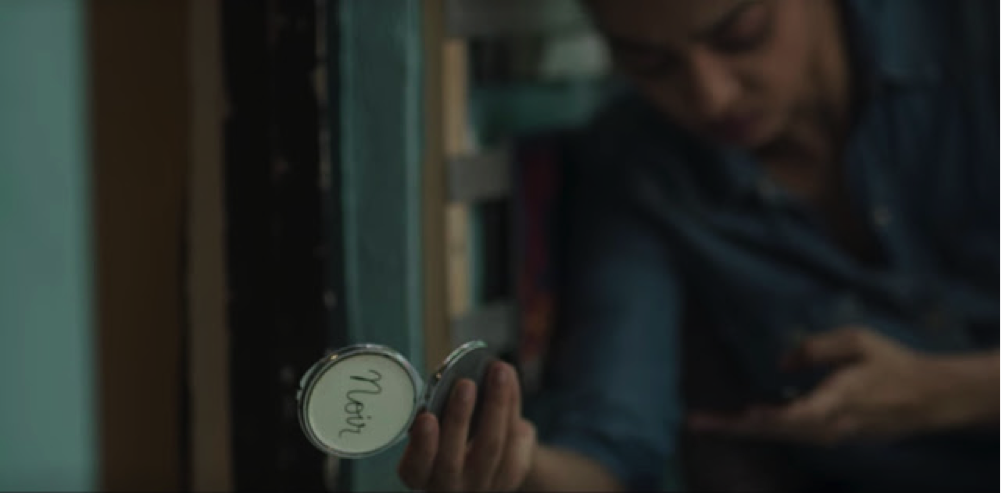
In Bombay Talkies, all the four stories had no connection per se but there were similar themes that linked all of them. Cinema and films played a role in all the four in some way or the other. The characters in the four shorts had a personal connection with the movies. There were also themes related to awkward relationships, especially between that of a father and a son, in them. In addition, the short films in Bombay Talkies talked about the importance of speaking a lie. In Lust Stories, too, there are some common themes in the four short films, not necessarily in all of them together. The women characters in them are a lot more interesting than the male ones. The women are free and liberated. The men need mothers to sort their lives. Ajit’s mother takes care of his house. Reena says Salman needs a mother, not a wife. Paras’ mother breaks his wedding. Another aspect we see in Lust Stories is that in all the four stories, people are hiding their relationship. Love might be public, but lust is private. Finally, the different stories talk about selfishness. Kalindi invokes Ayn Rand’s The Virtue of Selfishness and proclaims that she is selfish and there is nothing wrong in being selfish. Reena tells Salman that he is only pretending to help her, but actually, whatever he is doing, he has his selfish motives. Rekha tells Megha that men are selfish and care only for their pleasure.
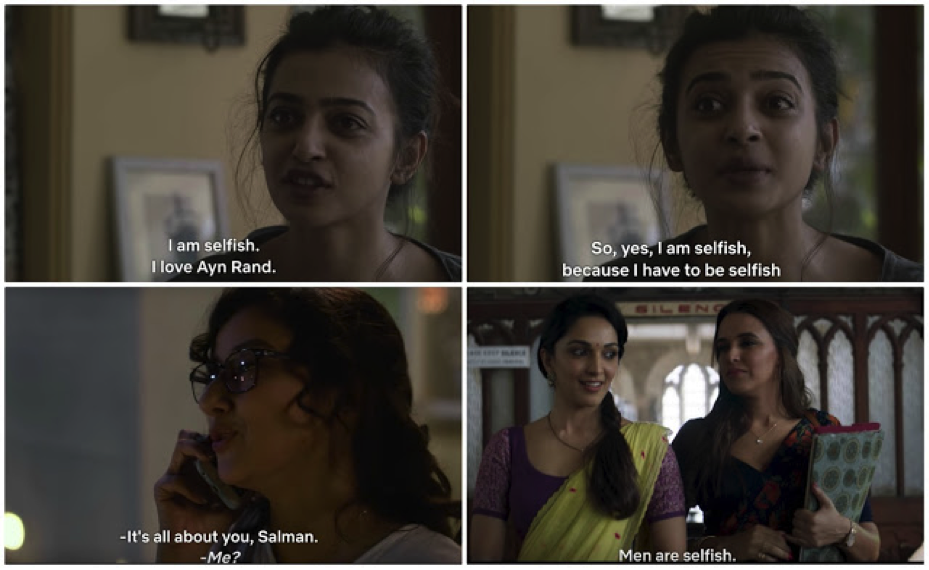
Bombay Talkies was a tribute to our films and was released to celebrate the completion of one-hundred years of Indian cinema. Five years later, the same four filmmakers come together again with a similar format in Lust Stories. However, there was no theatrical release for this film. It is available for streaming directly on Netflix. When the history of the second hundredth year of cinema is written, the role of Netflix will be a significant one. We live in seminal times.
[Read more of the author’s work on his blog here]



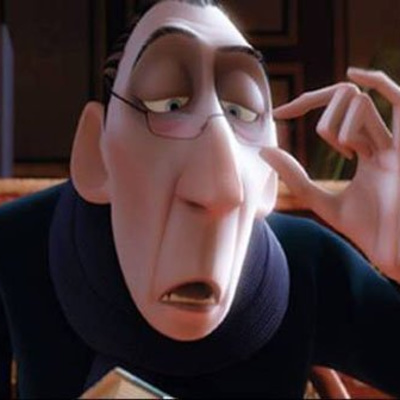


Leave A Comment
You must be logged in to post a comment.